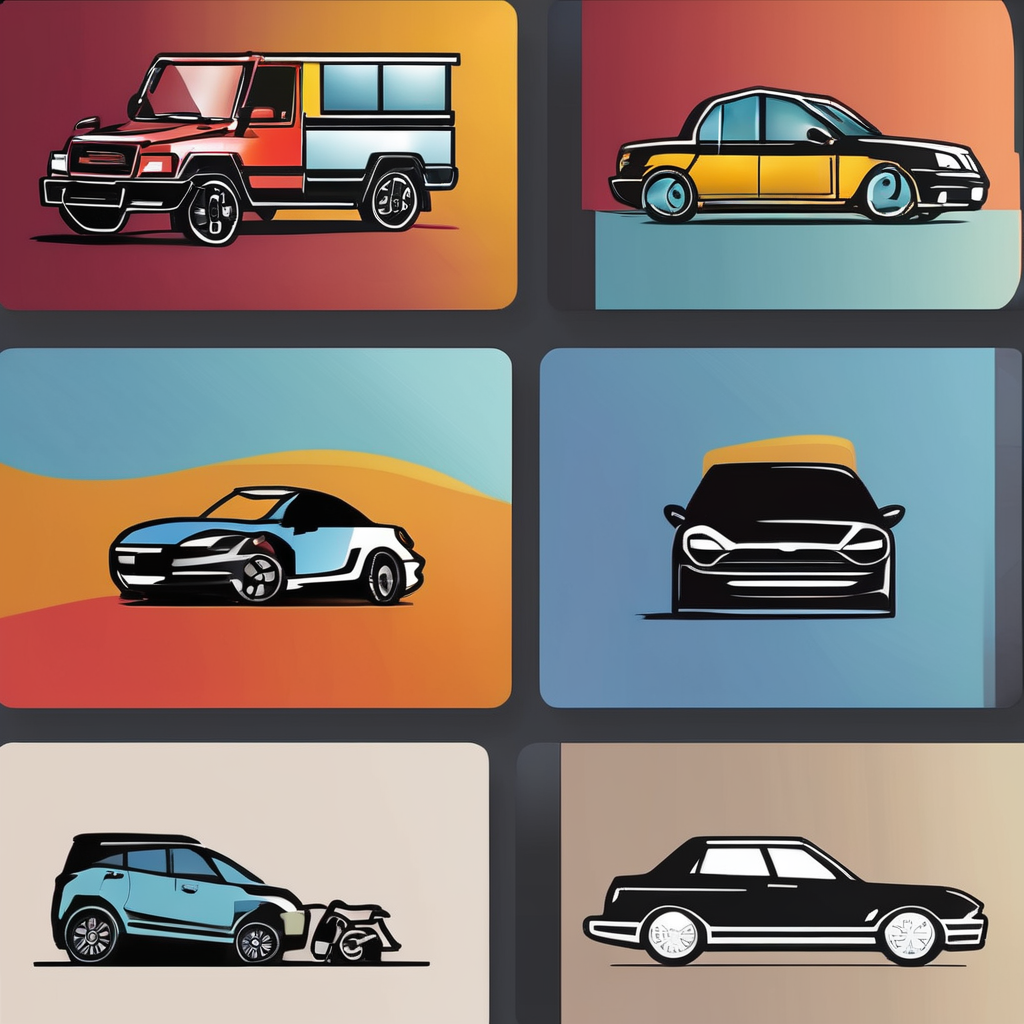Overview of CV Joints
Understanding the role of Constant Velocity (CV) joints in a vehicle is crucial for maintaining optimal performance and vehicle functionality. These components are essential as they allow power to be transmitted at a constant speed to the wheels, even when the axles are at various angles. This capability ensures smooth and efficient movement, particularly while turning.
There are several types of CV joints commonly found in vehicles. The two most prevalent include the ball-type and the tripod-type. Each serves a specific purpose and is selected based on the vehicle’s requirements. Regardless of type, they are vital for maintaining stable velocity and reducing vibrations, thus enhancing the driving experience.
En parallèle : Essential Guide to Flushing Transmission Fluid in Your British Performance Car: Expert Steps for Optimal Results
The importance of regular maintenance cannot be overstated. Consistent upkeep is key to extending the lifespan of CV joints. Regular inspection helps in early detection of any faults, ensuring they do not escalate into larger issues. Additionally, keeping them well-lubricated assists in reducing wear and tear, safeguarding your vehicle’s overall health. Proactive maintenance not only preserves vehicle functionality but also supports safety on the road.
Maintenance Tips for CV Joints
Ensuring CV joint maintenance is an imperative aspect of preserving vehicle upkeep. Regular inspection and cleaning are essential to remove debris that can cause wear and tear. Incorporating these preventative measures helps avert potential damage. It’s advisable to inspect them for any visible signs of wear, such as cracks or tears in the protective boot, during routine checks.
A lire en complément : Discover the Best Battery Charger for UK Electric Cars: Ultimate Efficiency Guide
Grease lubrication plays a crucial role in maintaining joint health. Ensuring they are adequately greased prevents excessive friction, thus extending their lifespan and maintaining the smooth operation of Constant Velocity joints. Proper lubrication acts as a protective barrier, shielding the components from dust and water ingress, which can lead to corrosion and deterioration.
Setting a recommended maintenance frequency is crucial for optimal performance. Ideally, vehicle upkeep should include scheduling professional inspections every 30,000 to 50,000 miles. Following these best practices minimizes the risk of premature joint failure. Observing these guidelines supports vehicle functionality and contributes to overall vehicle safety.
By incorporating these guidelines, you effectively safeguard against unforeseen issues with your CV joints, promoting a seamless and reliable driving experience. Such proactive steps not only maintain performance but also contribute significantly to the longevity of your vehicle.
Signs of Wear or Failure in CV Joints
Recognizing the symptoms of CV joint failure is essential for maintaining vehicle safety and avoiding costly repairs. One of the most common indicators is clicking noises, particularly when making turns. This sound often signals that the joint is wearing out and requires attention. Additionally, vibrations while driving can indicate more severe CV joint issues, potentially leading to a loss in vehicle functionality.
During routine inspections, it’s crucial to identify visual signs of joint damage, such as grease leakage or torn boots surrounding the CV joints. These signs suggest that the protective barrier has been compromised, allowing debris and moisture to deteriorate the joint further. Proactive identification helps in managing these issues before they develop into larger, more expensive problems.
Promptly addressing these concerns is vital for ensuring vehicle safety. Ignoring signs of CV joint wear can lead to joint failure, increasing the risk of accidents. It is advisable to seek professional assistance if any of these symptoms arise. Timely intervention not only preserves the longevity of Constant Velocity joints but also significantly enhances overall driving safety.
Safety Recommendations
Understanding the risks associated with driving on damaged or worn CV joints is fundamental for ensuring both vehicle safety and the driver’s well-being. Neglecting these components can lead to serious complications, including losing control over steering and increased braking distance. This could potentially result in accidents, risking personal safety and that of others on the road. Thus, addressing worn components swiftly is crucial.
If symptoms such as clicking noises or vibrations are observed, it is essential to take specific preventive measures. Immediately reducing speed and avoiding sharp turns can mitigate further damage. Limiting vehicle usage to essential trips until professional evaluation can prevent exacerbating any existing issues.
Seeking a professional assessment at the earliest sign of trouble is highly recommended. Relying on expert diagnostics ensures pinpointing the problem accurately, allowing for the most suitable corrective action to be taken, whether it be repair or replacement of Constant Velocity joints. Ultimately, prioritising these measures safeguards against costly repairs, preserving both the car’s functionality and enhancing travel safety. Taking a proactive approach with maintenance and repairs not only extends the vehicle’s life but ensures peace of mind while on the road.
Repair Options for CV Joints
When CV joints showcase signs of wear or failure, understanding your repair options becomes crucial. Two primary paths exist: repair or replacement of CV joints. If the issue is minor, such as a torn boot, repairing the boot might restore functionality and prevent further damage. However, should the joint itself be damaged, replacement might be the only viable solution.
When choosing between repair and replacement, several factors should be considered. The extent of the damage, the age of the vehicle, and your budget can all influence this decision. Additionally, consulting with a professional service can provide insights specific to your car model and usage patterns.
Professional services offer expertise that DIY solutions often lack. They can provide accurate diagnostics, ensuring correct parts are used, and that repairs are conducted safely. The costs of CV joint repairs and replacements depend on the vehicle model, extent of damage, and labour charges. While repairs might be cheaper, replacements ensure longevity.
Ultimately, a professional evaluation ensures safety and performance, enabling an informed decision regarding the best course of action for maintaining vehicle efficiency and functionality.
